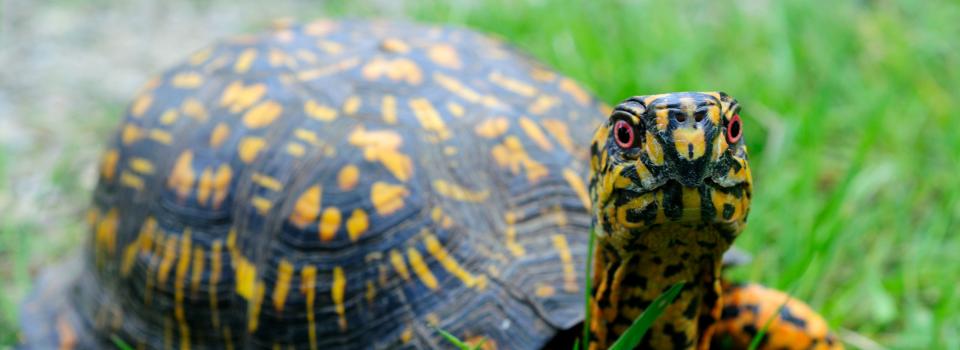
Hermit Thrush
Photo by: Robert Royse

Box Turtle
Photo by: Jonathan Mays

Snowshoe Hare
Photo by: Mike Hodgson

Timber Rattlesnake
Photo by: Kelly Wiley

Gray Seal
Photo by: Jonathan Mays








This project produced a web-accessible database designed for real-world, museum-specimen data, which allows individual researchers or institutions to upload invertebrate data and accommodates multiple taxonomic lineages. The database fills the current data void that exists for invertebrates in the Northeastern Region. A suite of online-accessible tools allows operation of a database of occurrence records (spatial and temporal) to enhance conservation management of invertebrate species of greatest conservation need (SGCN) in the Northeast Region. The data to be exploited are derived from authoritatively determined specimens in institutional collections, and a wide range of other information not documented directly by specimens (literature, notes, reports, etc.). The tools allow the scientific community to add, edit and download species-specific data records in a secure manner for the purpose of generating distribution maps, phenological plots, and conservation management plans, directly improving efforts for invertebrate conservation. The underlying functionality of the website is a database designed to contain unique specimen data records of invertebrates, specifically those of greatest conservation need, as indicated by state wildlife action plans in the Northeastern Region. Carnegie Museum of Natural History, perhaps the largest depository of SGCN relevant records in the NE Region, captured data from more than 17,000 SGCN specimens. This will facilitate data gathering from various museum collections, NGO’s, and state and federal agencies in the Northeastern Region willing to contribute information to SGCN conservation. Mechanisms to facilitate direct data sharing with other national conservation databases will be devised and implemented to maximize availability and use of such data.
Final Update (May 2012)
The web-accessible database was completed in May 2012. However, we will continue to encourage those familiar with the invertebrate SGCNs from each state to login and download the state list of SGCN taxa from the site and annotate it with the most current conservation status for each species, and also double check the list for possible additions to the list or those that might need to be removed. The list on the SGCNInverts website was compiled from state SWAPs (which are now several years old and may have been updated since their initial release), and the old NBII SGCN website which was pulled from the web earlier this year due to funding cuts to the NBII program. We need a representative from each state in the region to provide an updated list, and we will continue to update nomenclature and taxonomic placement according to published literature. Once we receive the updated lists from each state, we will update the database so that it displays the proper state ranks (right now it displays the presence/absence of a species on a state list). We are also looking for user input or feedback on possible features that users in the conservation community might like to see incorporated into the site, especially those that might relate to use or display of specimen records. Please contact James Fetzner at FetznerJ@CarnegieMNH.org with your contributions. Your input can help the collection grow and impact the conservation of rare invertebrates.
Name: Dr. James W. Fetzner Jr.
Title: Assistant Curator of Crustacea
Organization: Carnegie Museum of Natural History
Email: FetznerJ@CarnegieMNH.org
Address: 4400 Forbes Avenue, Pittsburgh, PA 15213-4007
Phone: 412-622-3259
Fax: 412-688-8670
Name: Dr. John E. Rawlins
Title: Curator and Head of Section
Organization: Carnegie Museum of Natural History
Email: RawlinsJ@CarnegieMNH.org
Address: 4400 Forbes Avenue, Pittsburgh, PA 15213-4007
Phone: 412-622-3259
Fax: 412-688-8670

© 2020 A Wildlife Management Institute Project